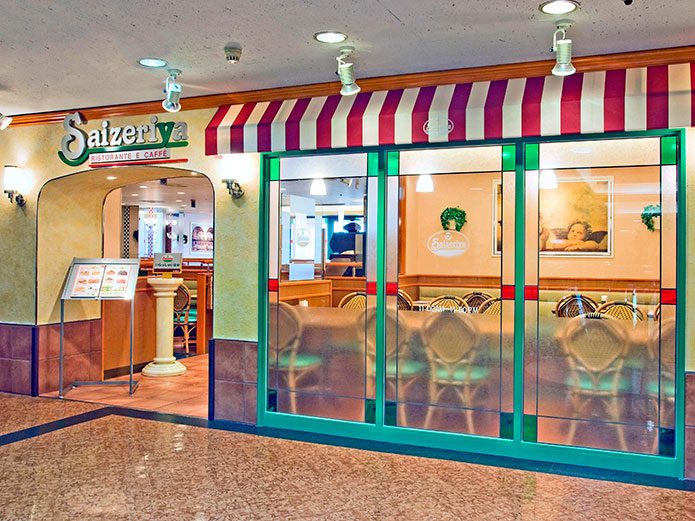
Much ink has been devoted over the past two years to the declining revenue of McDonald’s Japan. Nikkei Business reports that, after nearly half a century of popularity, the business model of restaurant chains offering fast food no longer appeals to Japan’s consumers. Its 16 May issue covers the decline in a special section titled “The Collapse of Eating Out”, which features six articles.
They look at the performance of 10 major nationwide restaurant chains that last achieved year-on-year growth in 2011, when total operating profits reached ¥94.7bn. For the past four years, profits have declined; the 2014 figure was ¥33bn, around one-third that of just three years earlier.
According to the Japan Food Service Distributors Association, the number of customers is down 3.1% year on year, making last year the first time in the past 20 years when a decline was recorded for three years in a row. A president of a family restaurant chain was quoted as saying that “depending on price increases to boost turnover per customer has reached its limit”.
Three key factors are believed to account for the businesses’ declining fortunes.
The first is image. While these chains formerly appealed to customers with the rationale that they could “have peace of mind because every shop has the same menu from which to choose”, the overriding impression has changed to that of, “no matter which branch I visit, it’s the same, boring stuff”.
Some people may even go so far as to remark, “I don’t want to eat at a chain restaurant”. Boosting appeal by shedding this poor image remains a challenge.
The second relates to commodity costs that affect the chains’ buying power. Changes in the international balance of supply and demand—such as that wrought by the recent boom in beef consumption on mainland China—can significantly influence procurement costs in Japan.
Lastly, due to an endemic labour shortage throughout Japan’s service industry, firms that engage in so-called black hiring practices—whereby employee efforts tend not to be recognised, let alone rewarded—are forcing some businesses to curtail operating hours and close outlets.
One article examines four major restaurant chains with declining business performance (and in some cases deficit): Yoshinoya (offering bowls of stewed beef on rice); McDonald’s Japan; Watami, a bar chain; and Royal Host, a family restaurant chain. They are described as dinosaurs whose existence is threatened by a coming ice age.
So, why are customers avoiding chain restaurants in droves?
An affiliate of Nikkei Business Publications, Inc., publisher of Nikkei Business, conducted a survey in April 2016. Valid replies were received from 1,330 adults. In response to the question, do you have dinner at chain restaurants, 45% said no, while only 18% said they used restaurant chain outlets “frequently or fairly frequently”.
The survey shows that customer dissatisfaction has little to do with factors such as sanitation, employee attitudes or the firm’s negative image. The most common reasons cited (with multiple replies accepted) were, in descending order:
- Food is not tasty
- Tired of always seeing the same items on the menu
- Atmosphere is poor or unfashionable
- Tendency to be crowded
If prices are low, people seem to be willing to overlook other shortcomings.
When customers at two popular chains, Gusto and Saizeriya, were asked the main reason for their choice of eating establishment, the top response in both cases—with 38% and 42%, respectively—was inexpensive menu items. Other reasons given for liking Gusto and Saizeriya, respectively, were the tasty food (11% and 16%); and short waiting time (12% and 9%).